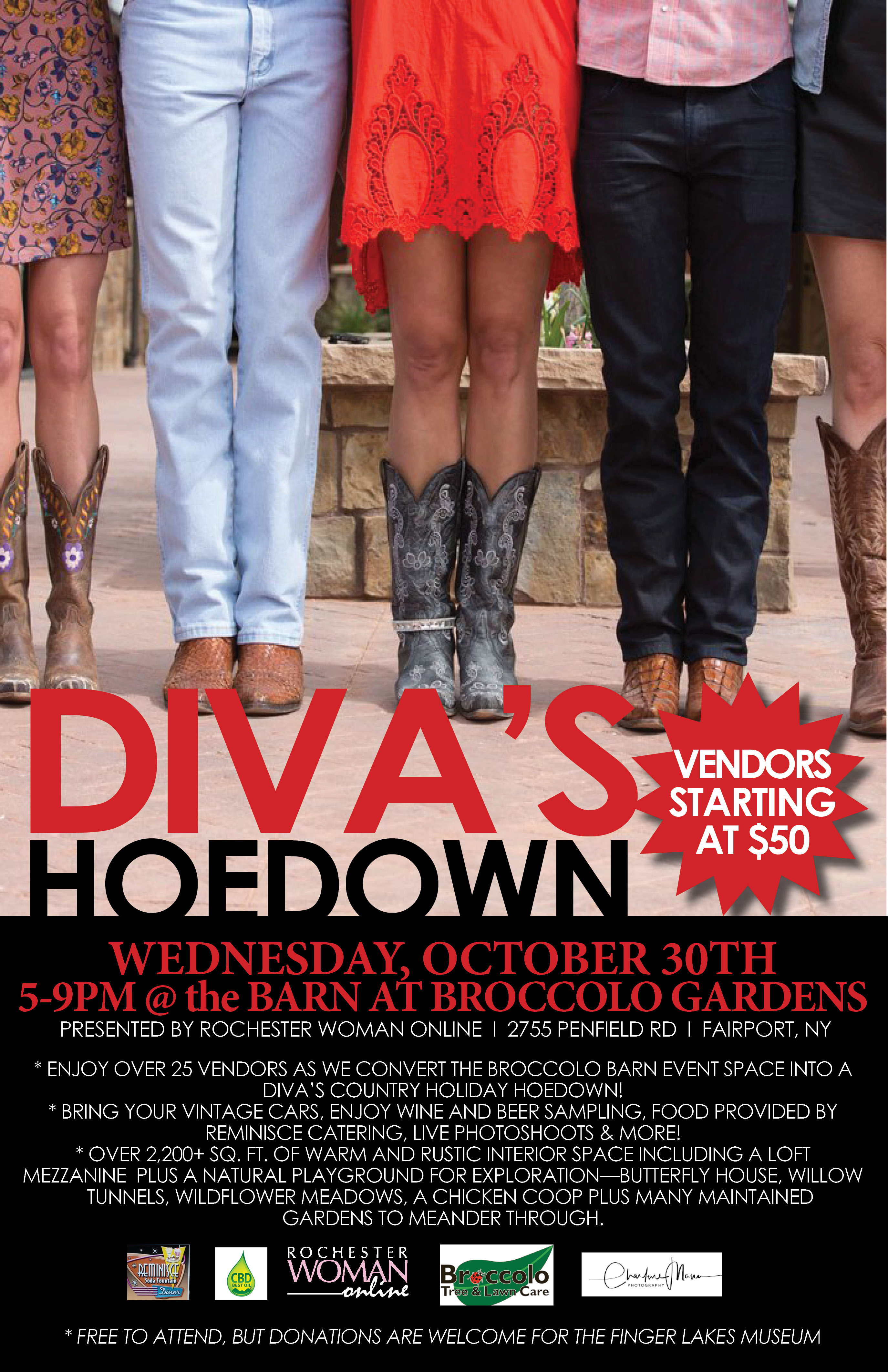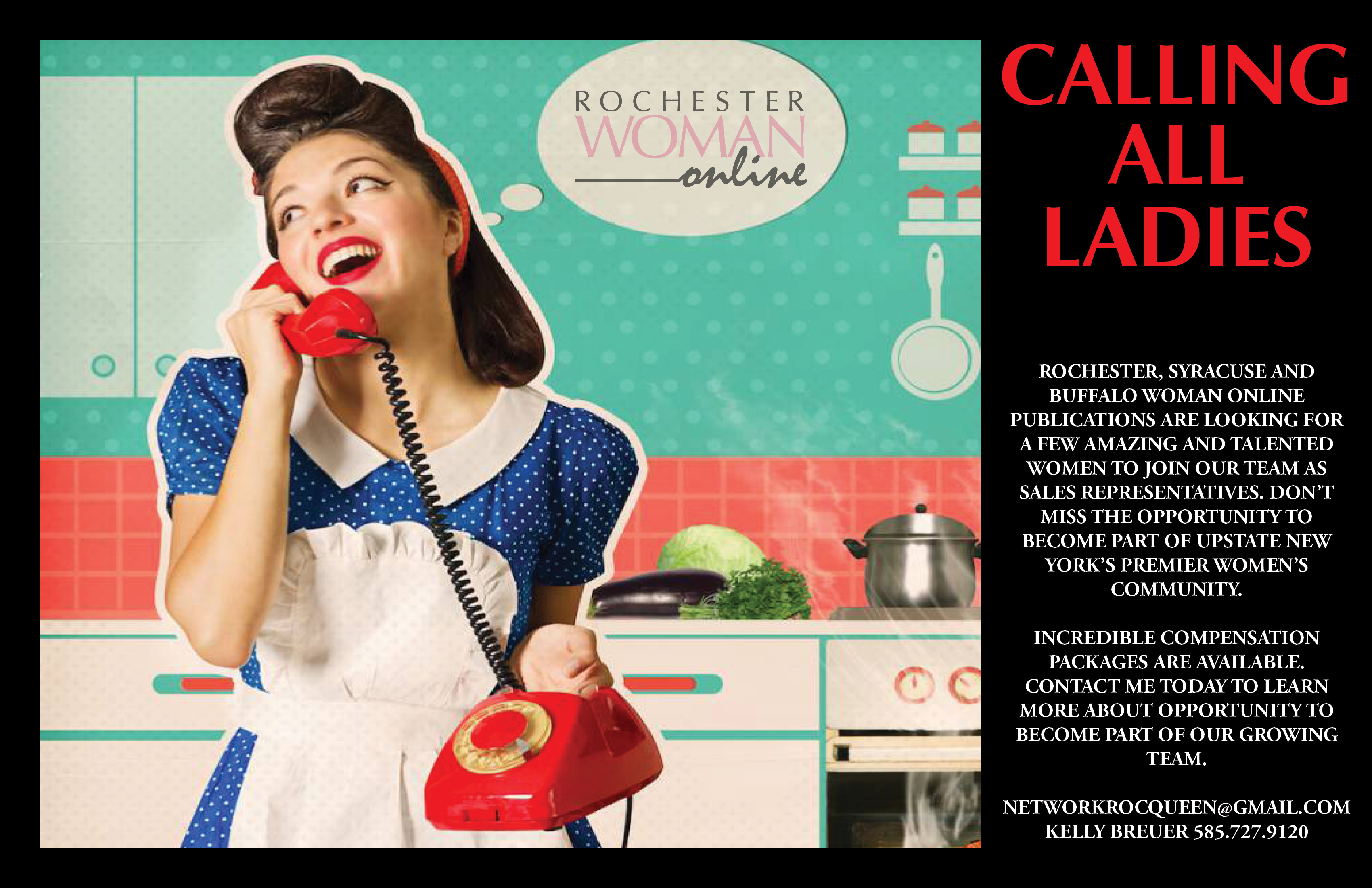Bringing a puppy home can be an exciting time for you and your family member. Unfortunately, it can also be a stressful time for all concerned. Some pre-planning for the big event can reduce the stress and make the new puppy experience a true pleasure.
First, you should put some thought into your puppy’s day-to-day routine, and for that we will start with feeding. You will want to look for a high-quality food with healthy ingredients. You should discuss any special nutritional needs for your breed or breed mix with your veterinarian. When feeding your puppy, you will want to establish feeding times and try to adhere as closely as possible to them; dogs are creatures of habit and will know when it is time to be fed. You may be tempted to leave food out for your canine friend so that they have access to it when you are not there. Avoid this temptation; some breeds have a habit of overeating if the food is available and run the risk of obesity and the health risks associated with it. Just as important, you want your puppy to understand that you are the provider of their food and therefore the “alpha dog”. Your dog will respect you as such and be more likely to obey and eager for their meal.
Play time will be an important part of your puppy’s day and will give you the opportunity to establish yourself as the leader of the pack in your household. Understand that the leader (you) will start and stop all games. If your puppy brings you a toy as an invitation to play,
take the toy and set it aside for a few minutes. Then, initiate the play time. Make sure you have possession of the toy when you are ready to end playtime. You never want to chase your puppy to regain possession of the toy. Possession of the toy establishes dominance in your puppy’s mind. Start early and train your puppy to drop the toy and bring the toy to you before ending playtime. Avoid roughhousing and tug-of-war games with your puppy.
Roughhousing can establish rough and even aggressive behavior such as jumping on and mouthing you or other people in your home.
Exercise is also an important part of your puppy’s daily routine. Initially, playtime may be enough, but as your puppy gets older, you will want to initiate daily walks. A comfortable fitting harness, 6 foot leash, and poop bags are all important to have when walking your puppy. A harness is recommended instead of a collar; collars can slip off easily. A solid leash as opposed to a retractable leash is preferred. Retractable leashes tend to get tangled and don’t allow you as much control of your puppy and can also be a safety issue.
Both playtime and walk time are opportunities to establish yourself as the alpha dog. You are going to want to use positive reinforcement training with your puppy this will give you and your dog an opportunity to bond. Good quality treats are an important part of positive reinforcement training. Always reward your puppy when they demonstrate good behavior with either a treat or positive words, touching and tone.
Sleep time for you and your new family member is just as important as the rest of the day.
Your dog sleep quarters should be a small crate. Big enough for him to stand up and turn around. Keep the crate in a draft-free area. For the first three weeks, be prepared to take your dog out on a leash to a predetermined relieving area when he cries during the night or appears to be restless; it is their way of letting you know he “has to go.” When he is done, put him right back into his crate, no treats or playtime. He should go back to sleep fairly quickly if you follow these recommendations. A comfortable blanket and an unstuffed toy to snuggle with may help him transition from sleeping with his litter mates to sleeping alone. If he whines during the night, resist the temptation to put him into your bed. Once established, this is difficult habit to break. A dog in your bed may be cute, but think about sharing your bed with a full grown dog for ten-to-fifteen years. A lot of people do it, and that is ok.
However, set the expectation now for the future. Just be aware of the long term consequences of bringing little Elmo or Lola to bed with you.
Let’s review some of the basic steps you can take to prepare for your new family member arrival:
- Consult with your veterinarian about proper nutritional needs and vaccinations.
- Educate yourself about positive reinforcement training, either through literature or by contacting a Certified Trainer.
- Avoid the use of shock collars, prong collars; there is no need to use pain to train a puppy. You want to build a relationship with your dog through rewards and recognition.
- Start early and be consistent, you and your dog will be much happier with positive reinforcement and conditioning.
- Have the appropriate equipment ready: dog crate for sleeping and away time and a dog bed for napping while you are home. (This is good to have if you don’t want your dog on the furniture.) A harness and non-retractable leash for walking. Durable play and chew toys, (dogs like to chew and can ingest fragments; unfortunately they can’t digest them.)
- Your dog will quickly become a part of your family and you will want to give him all the love and good quality of life that the human members of your family to enjoy.
May you have many happy years with the newest member of your family.
Mark Forrest Patrick is a Certified Trainer, Veterinarian Assistant and Canine Massage
Therapist. Mark is the Owner of Tuxedo’s K9 Training Camp, Inc located at 892 E. Ridge Road in Irondequoit. Tuxedo’s K9 offers Training, Dog Day Care and Boarding in a 24 Hour Staffed Facility. Check out www.tuxedosk9.com for more details.





